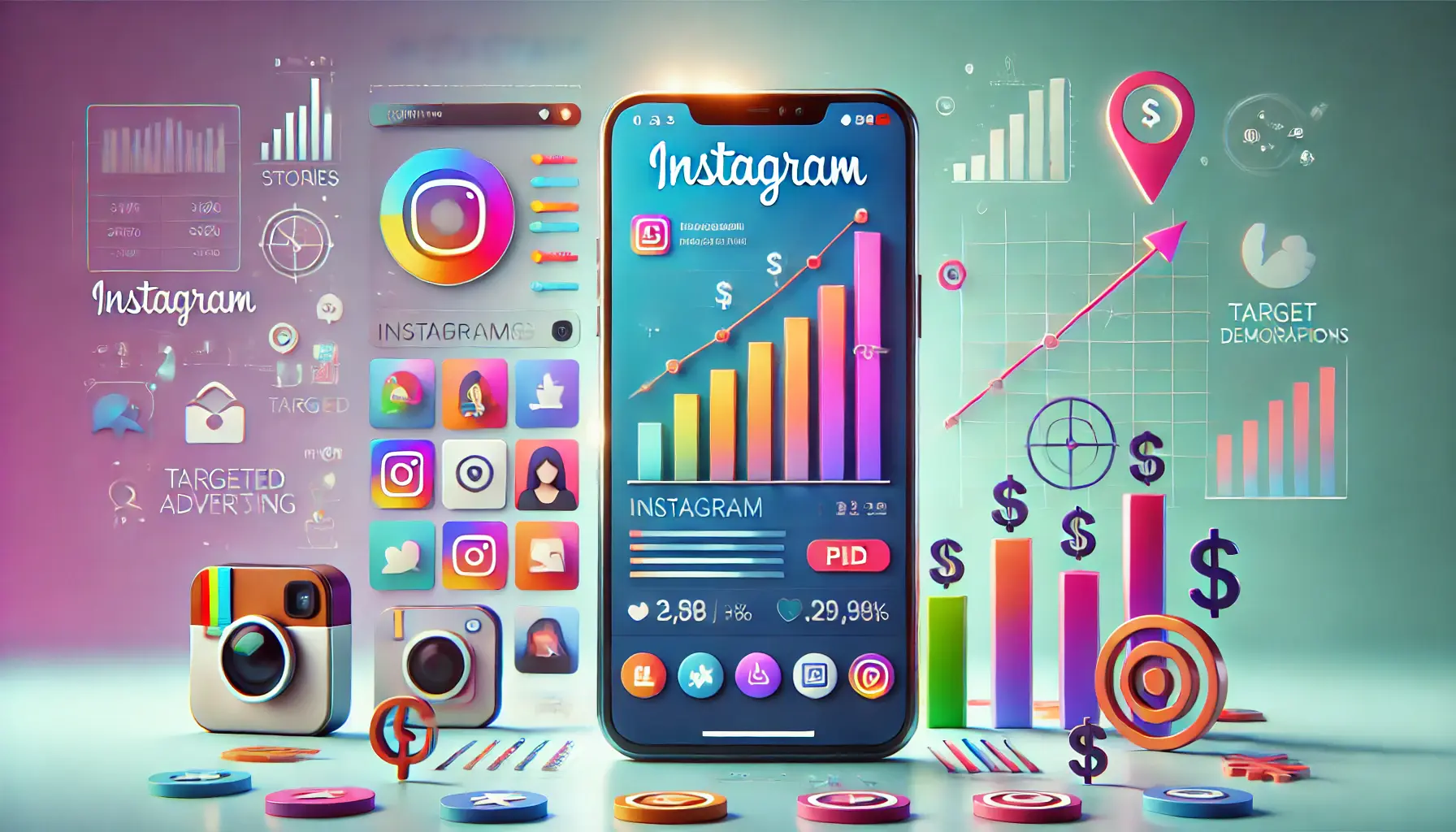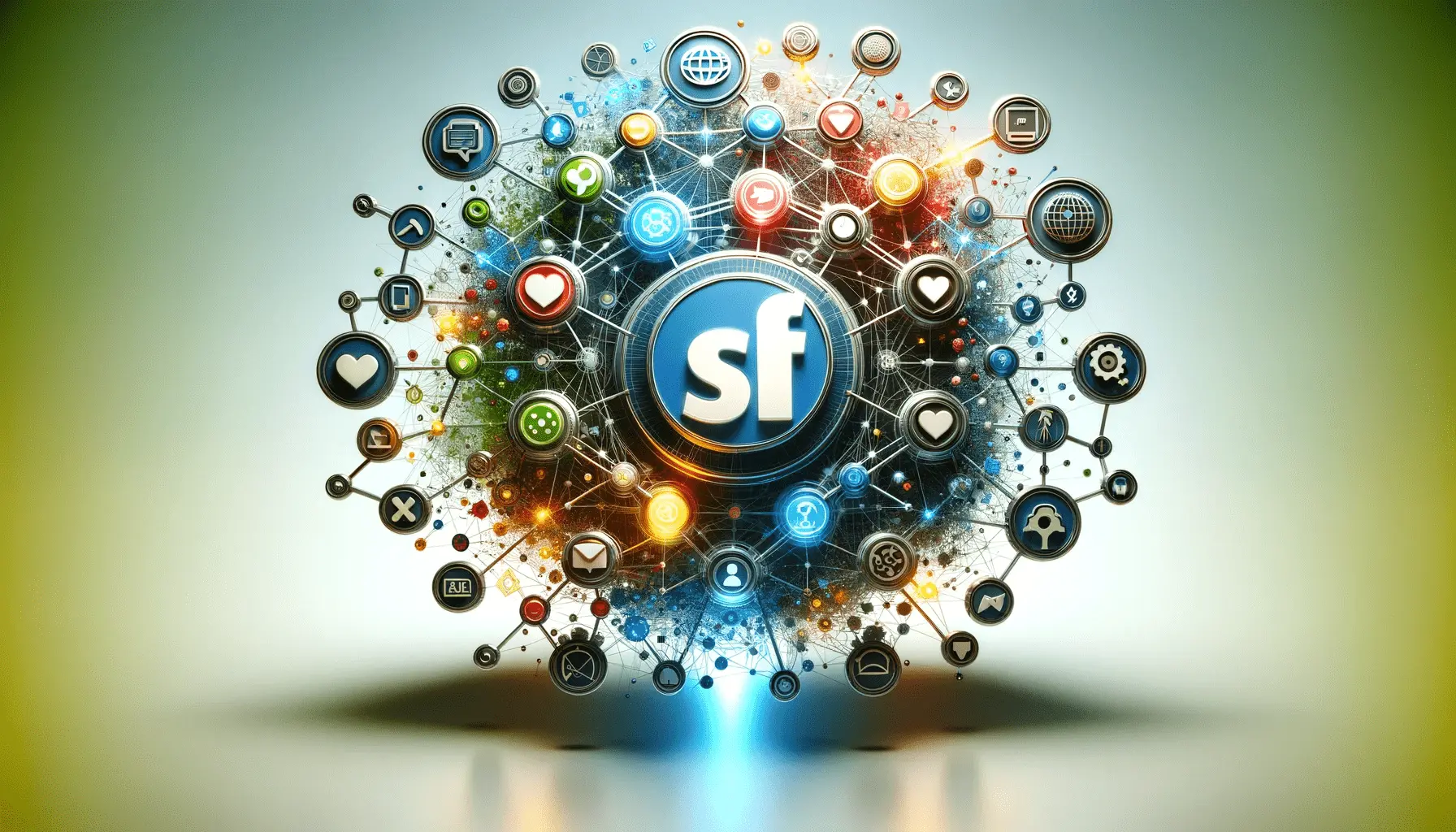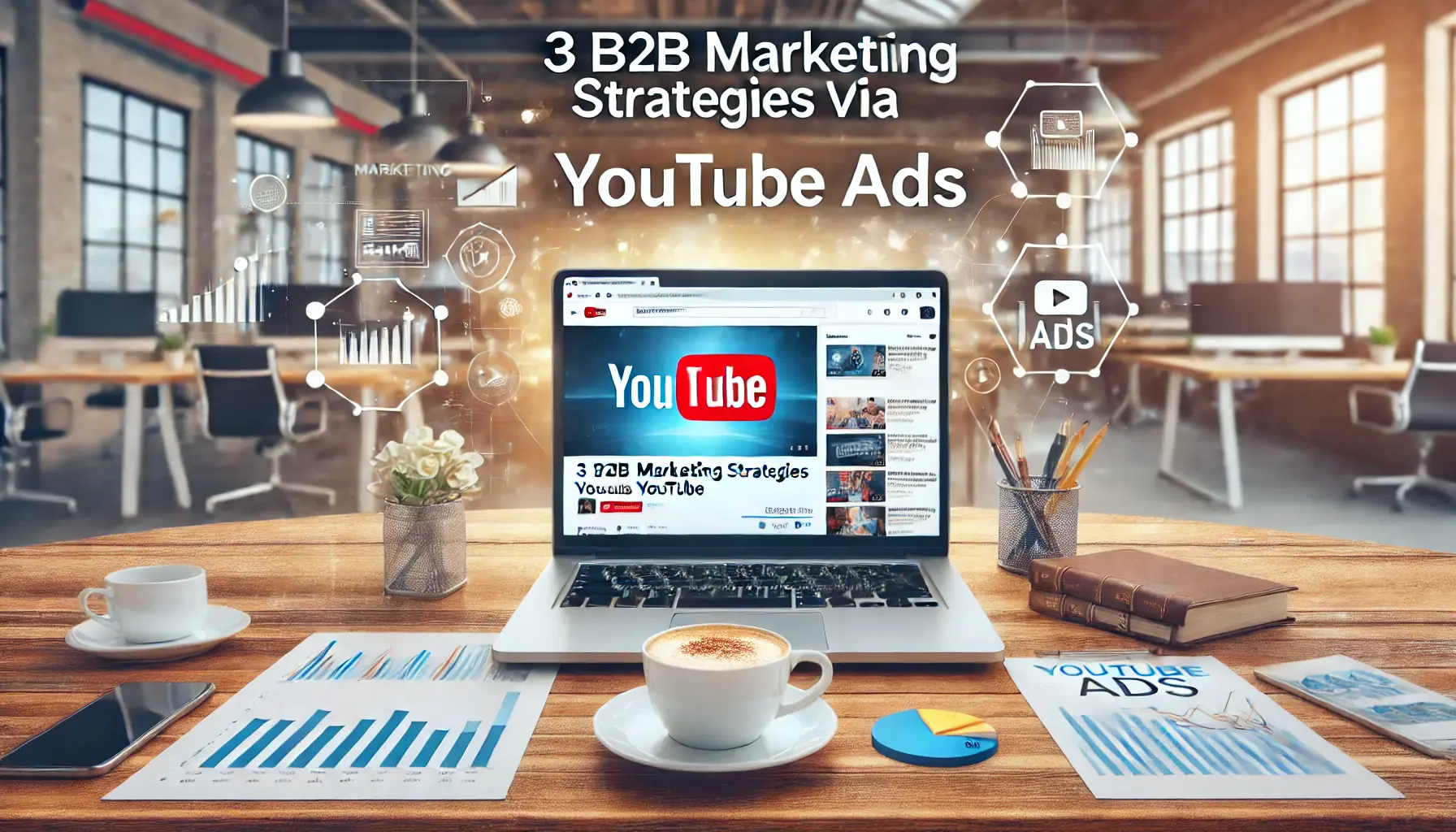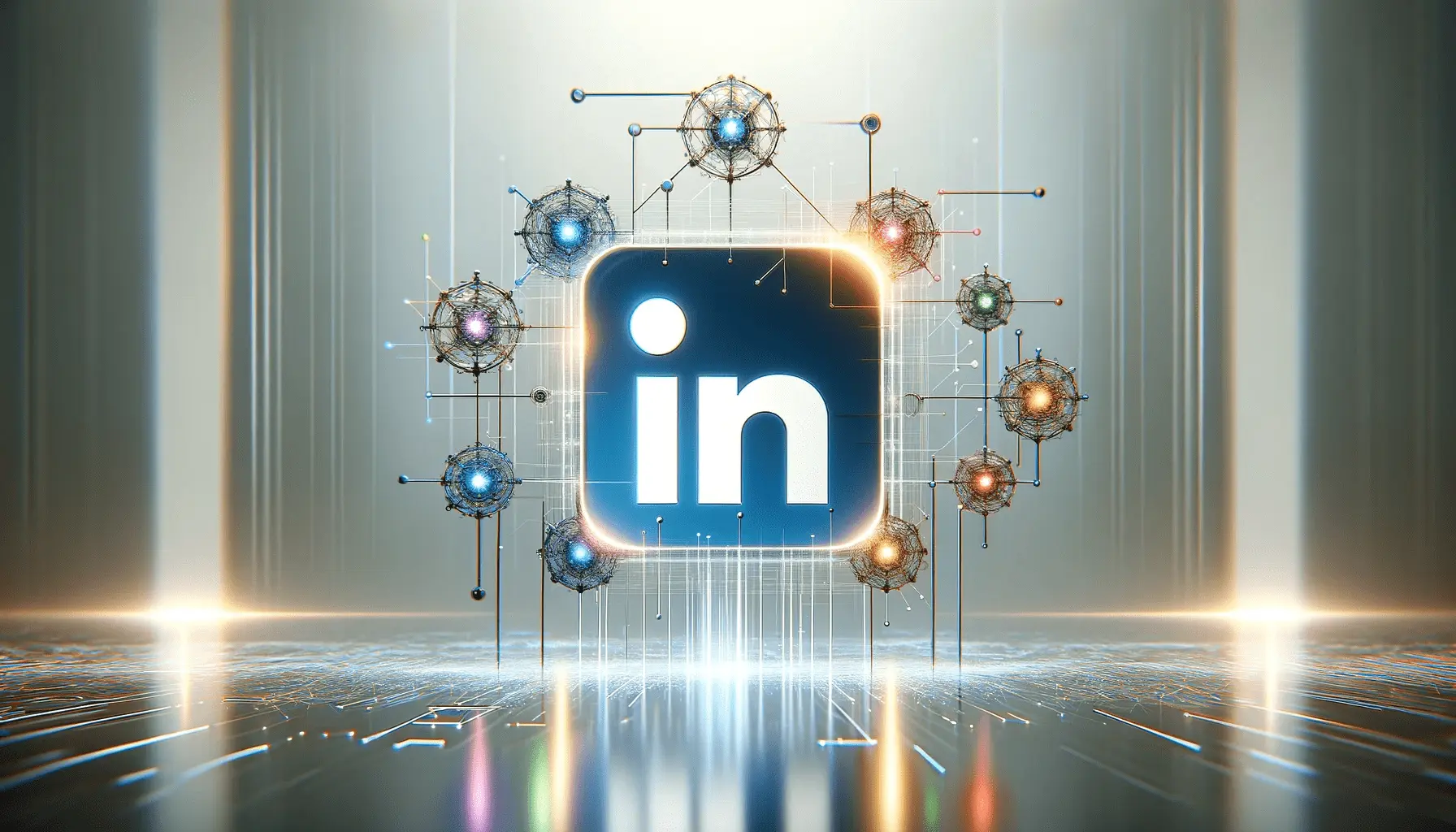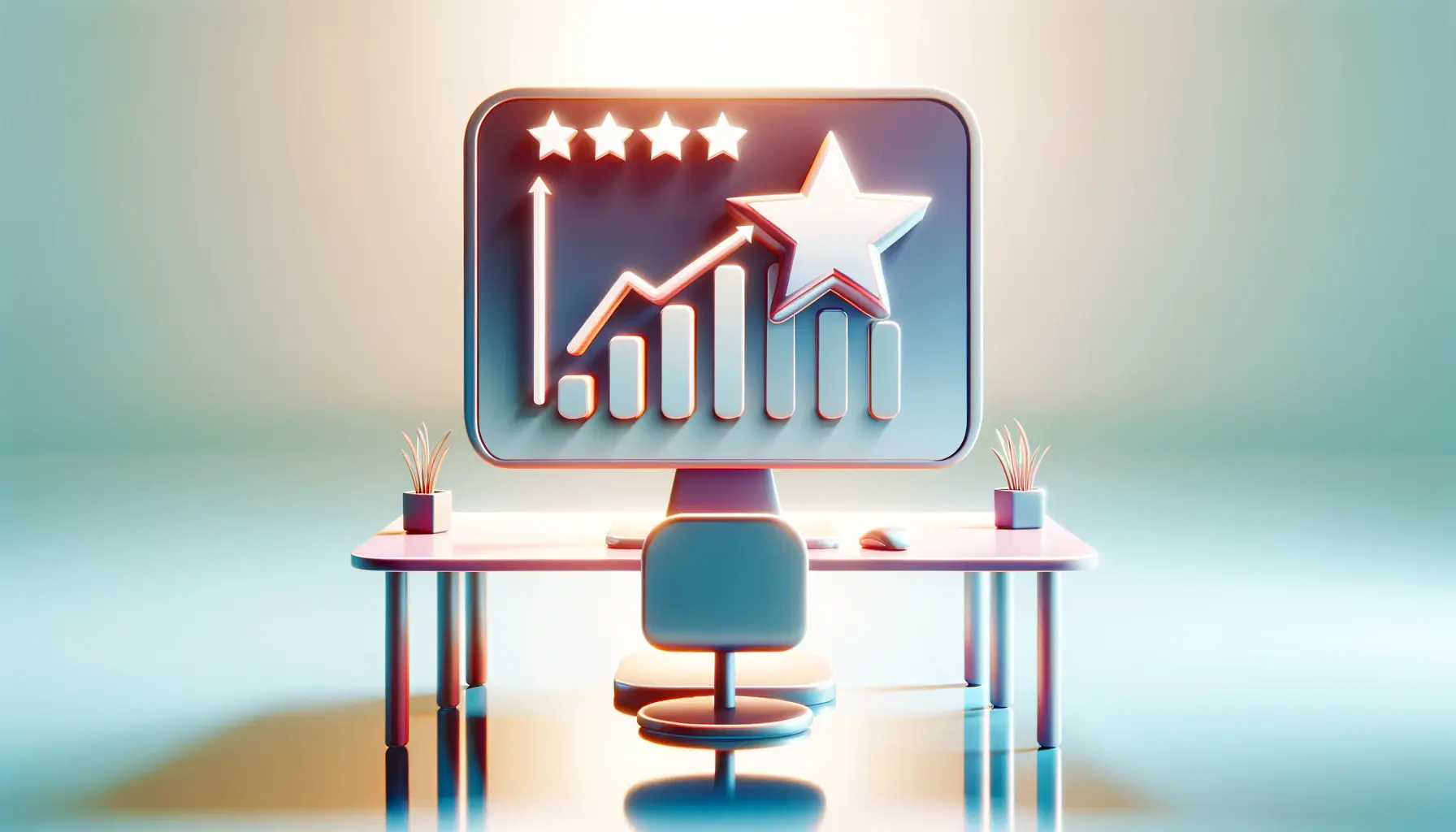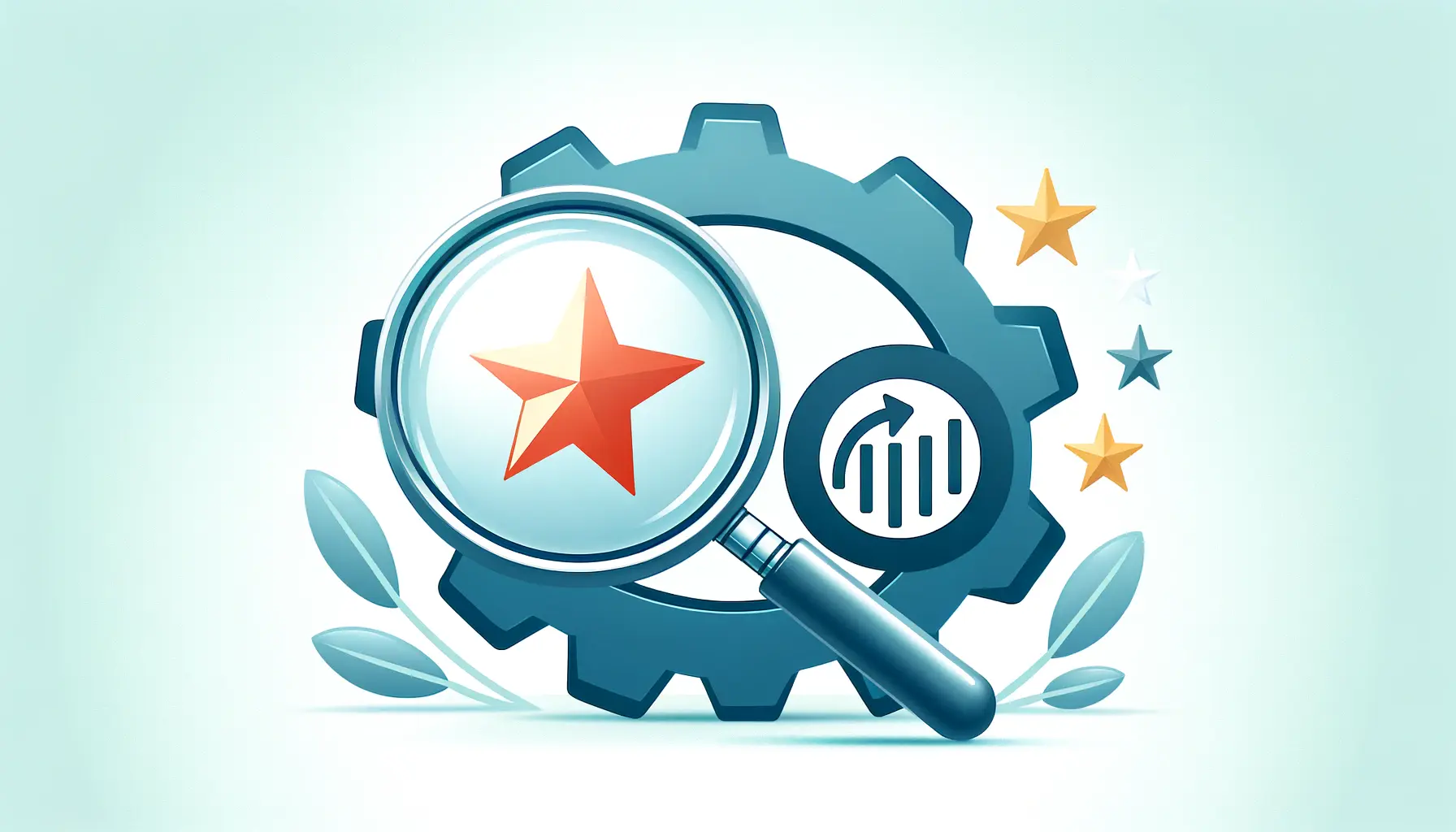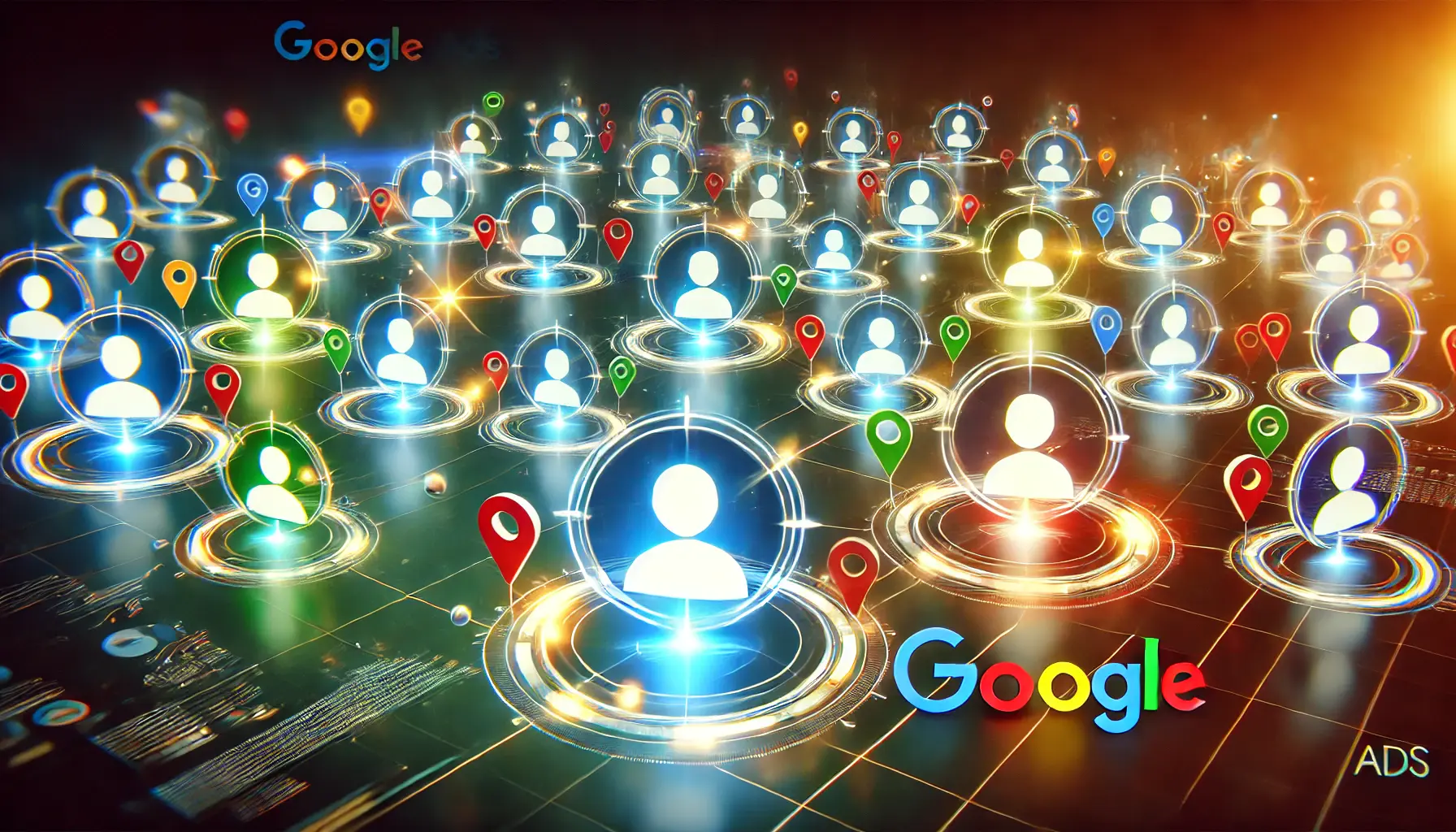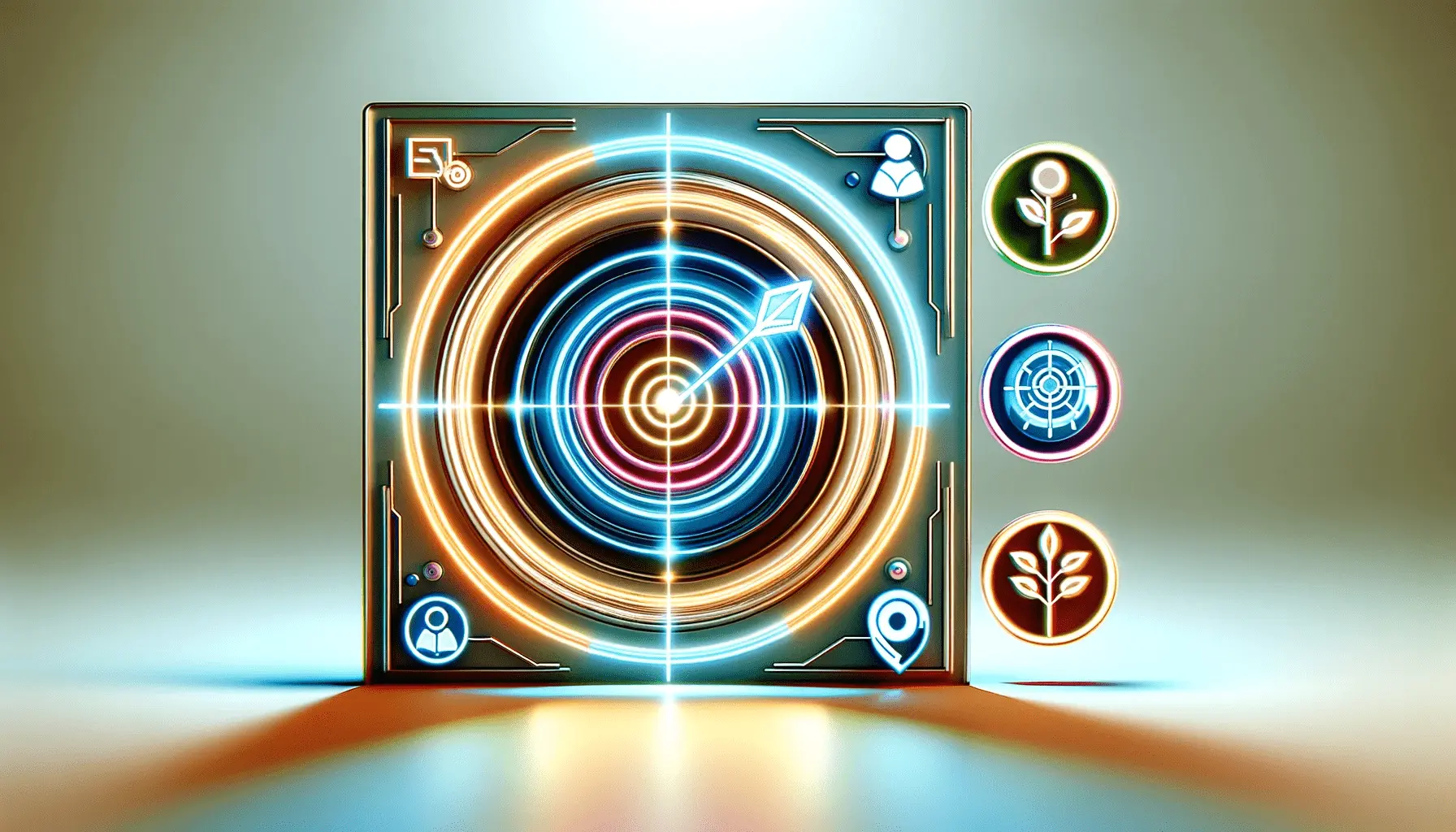In today’s B2B marketing landscape, growing so exponentially, beating the competition requires more than traditional techniques.
Among the most innovative approaches gaining momentum is the use of predictive audiences.
With the use of advanced predictive analyticsThe use of statistical techniques and machine learning to analyze historical data and predict future outcomes., businesses can now anticipate customer behavior, tailor their marketing efforts, and achieve unmatched engagement and conversion ratesThe percentage of users who take a desired action, such as making a purchase or signing up for a service..
- Understanding Predictive Audiences in B2B Marketing
- Enhancing B2B Targeting with Predictive Audiences
- Placing Predictive Audiences into Action in Social Media Advertising
- Challenges and Issues in Implementing Predictive Audiences
- Future Trends in Predictive Audiences for B2B Marketing
- The Use of Predictive Audiences in B2B Marketing
- Predictive Audiences in B2B Marketing: FAQ
Understanding Predictive Audiences in B2B Marketing
Predictive audiences are potential customers that are identified through the application of predictive analytics.
It involves the study of historical and real-time data in a bid to forecast future actions, interests, and needs of B2B buyers.
With these trends, businesses can create more accurate and effective marketing campaigns.
Definition and Relevance of Predictive Audiences
Predictive audiences are customer or prospect segments that are likely to perform certain actions based on predictions using data analysis.
The importance of predictive audiences for B2B marketing includes:
- Better Targeting: Marketing campaigns become more efficient by prioritizing leads with high potential.
- Personalized Experience: Matching content and offers to the predicted needs of the audience creates a stronger bond.
- Resource Optimization: Allocating resources to the most promising leads provides the greatest return on investment.
Role of Predictive Analytics in Audience Segmentation
Predictive analytics plays a significant role in audience segmentation by:
- Data Integration: Merging data from various sources to create a holistic view of customer behavior.
- Behavioral Analysis: Identifying patterns and trends that are indicative of future action.
- Segmentation Modeling: Developing models that segment customers based on predicted behavior and preference.
With predictive analytics, B2B marketers can move beyond typical demographic segmentation to more advanced and powerful methods, leading to higher engagement and conversion rates.
Predictive audiences allow businesses to anticipate customer behavior, leading to more accurate and effective marketing campaigns.
Enhancing B2B Targeting with Predictive Audiences
In the fast-paced business-to-business marketing of today, identifying the correct audience is key.
Employing predictive audiences can substantially influence targeting processes, leading to increased engagement and conversions.
With AI, Precise Audiences are Identified
Artificial intelligence (AI) is the driving force behind identifying predictive audiences.
By analyzing vast data sets, AI can identify patterns and behaviors commonly associated with high-intent buyers.
This process involves:
- Data Integration: Combining internal data with external data to create a comprehensive picture of prospective customers.
- Behavioral Analysis: Examining online behavior to predict future actions and interests.
- Pattern Recognition: Identifying traits common among high-converting accounts to target similar prospects.
For instance, LinkedIn’s Predictive Audiences feature employs AI to examine user activity and identify high-intent audiences, enabling marketers to reach prospects more effectively.
Advantages Over Traditional Targeting Methods
Using predictive audiences offers several advantages over traditional targeting techniques:
- More Accuracy: Focuses marketing efforts on prospects most likely to convert, reducing wasted resources.
- Personalization: Enables tailored messaging that resonates with distinct audience segments, leading to increased engagement.
- Cost Efficiency: Optimizes budget usage by targeting high-value prospects, generating better ROI.
Early adopters of predictive audience strategies have experienced significant gains.
For example, lead generation campaigns that used LinkedIn’s Predictive Audiences feature saw a 21% reduction in cost per lead.
By embracing predictive audiences, B2B marketers can refine their targeting methods to create the most effective campaigns and achieve higher conversions.
Using AI-driven predictive audiences enables B2B marketers to move beyond traditional demographic targeting, improving engagement and conversion rates.
Placing Predictive Audiences into Action in Social Media Advertising
With the dynamic pace of B2B advertising today, integrating predictive audiences into social media advertising is a real game-changer.
Through the use of advanced analytics, businesses are able to predict future client behavior, leading to more successful and targeted campaigns.
LinkedIn B2B Campaign Tactics
LinkedIn, being a top B2B platform, offers a unique set of opportunities to leverage predictive audiences.
To maximize your use of LinkedIn campaigns:
- Utilize LinkedIn’s Predictive Audiences Feature: This feature predicts high-intent leads based on user behavior to facilitate targeted ads. Certain campaigns have lowered cost per lead by 21% using this feature.
- Combine First-Party Data: By combining your own data with LinkedIn’s analysis, audience segmentation is tightened up, targeting the most suitable professionals.
- Personalize Content: Tailor your messaging to address the distinct needs and pain points of your predicted audience segments, driving engagement and conversion.
Case Studies of Successful Implementations
Several B2B companies have deployed predictive audience initiatives with success:
- DealHub: By adopting predictive analytics, DealHub recorded a 55% increase in inbound traffic and was able to effectively measure the performance of their LinkedIn efforts, assigning 80% of web traffic to a specific account.
- RepTrak: With the help of predictive technology, ad costs for RepTrak reduced by 96% and ad engagement increased by 46%, significantly enhancing their marketing ROI.
Applying predictive audiences to social media advertising enables B2B marketers to anticipate client needs, enhance resource distribution, and drive overall campaign efficiency.
LinkedIn’s Predictive Audiences feature has proven to reduce cost per lead by 21%, demonstrating the power of AI-driven targeting in B2B social media advertising.
Challenges and Issues in Implementing Predictive Audiences
While the integration of predictive audiences into B2B marketing strategies has many advantages, it is equally necessary to be aware of and address the challenges involved for ethical and positive implementation.
Data Privacy and Ethical Concerns
The use of predictive analytics involves the collection and analysis of large consumer data sets, raising serious privacy and ethical issues.
Some key considerations include:
- Compliance with Regulations: Adhering to data privacy laws such as GDPR and CCPA is a top priority. These legislations ensure transparent data collection procedures and empower consumers with control over their personal information. Noncompliance can lead to legal action and reputational damage.
- Maintaining Consumer Trust: Consumers are increasingly wary of how their information is handled. Using data anonymization techniques and obtaining active opt-in consent can help build and maintain trust.
- Avoiding Discriminatory Behavior: Predictive models could inadvertently introduce biases that discriminate against certain groups. Algorithms must be carefully designed and regularly tested to ensure fairness and eliminate bias.
Ensuring Data Quality and Accuracy
The success of predictive audience methodologies significantly depends on data quality.
Several challenges in this context include:
- Data Integration: Aggregating data from multiple sources can lead to inconsistencies. A strong data management strategy ensures an integrated and accurate data set.
- Data Accuracy: Incorrect or outdated information can result in flawed predictions. Continuous data cleansing and validation processes are essential for maintaining the integrity of predictive models.
- Resource Provision: Developing and maintaining high-quality data systems requires significant investments in technology and personnel. Organizations must allocate the necessary resources to safeguard data integrity.
By recognizing these challenges at the outset, B2B marketers can effectively leverage the power of predictive audiences while maintaining ethical standards and ensuring data accuracy.
Data privacy regulations such as GDPR and CCPA must be carefully followed to ensure ethical use of predictive analytics in B2B marketing.
Future Trends in Predictive Audiences for B2B Marketing
As B2B marketing continues to evolve, the application of predictive audiences will be critical in shaping future strategies.
Trends indicate a shift towards more personalized and data-driven marketing, leveraging the latest technologies to enhance targeting and engagement.
AI-Driven Hyper-Personalization
Artificial intelligence (AI) is revolutionizing how businesses approach personalization.
AI enables the creation of hyper-personalized campaigns that address specific prospects through the analysis of vast data sets.
This level of personalization enhances customer experience and engagement.
Industry experts highlight that AI-driven insights and predictive analytics allow marketers to reach the right individual with the right message at the right time, improving customer interactions and boosting engagement.
Incorporation of Predictive Analytics within Content Strategy
Predictive analytics is increasingly becoming central to content strategy development.
The ability to forecast customer behavior and preferences enables companies to tailor content that directly meets their audience’s needs.
This approach ensures that messaging, timing, and platform choices are optimized for maximum impact.
According to industry leaders, predictive analytics will be a significant driver of content refinement, as B2B buyers expect the same level of personalization they receive as consumers.
Emphasis on Data Quality and Accuracy
The success of predictive audience strategies relies heavily on data quality.
Accurate data is fundamental to effective B2B marketing, as it enables precise audience targeting and enhances engagement.
- Data Validation: Ensuring data is continuously updated and verified to improve targeting accuracy.
- Reducing Data Silos: Integrating data from various sources to create a unified and actionable dataset.
- AI-Powered Cleansing: Leveraging AI to clean, categorize, and refine data for more reliable predictive insights.
The Rise of AI Agents in Marketing
The emergence of AI agents is set to transform B2B marketing by automating routine tasks and enabling more efficient targeting.
These intelligent systems can track user activity, predict future actions, and facilitate personalized communication, improving overall marketing effectiveness.
Industry forecasts suggest that AI agents will play a crucial role in reshaping B2B go-to-market strategies, offering deeper insights and streamlining the marketing process.
By staying ahead of these trends and integrating predictive audiences into their strategies, B2B marketers can improve targeting precision, boost engagement, and drive stronger business outcomes.
The rise of AI-driven hyper-personalizationAn advanced marketing strategy that uses AI and real-time data to deliver highly individualized customer experiences. and predictive analytics will redefine how B2B businesses approach marketing strategies.
The Use of Predictive Audiences in B2B Marketing
As the digital marketing environment evolves, the use of predictive audiences in B2B marketing grows more important by the minute.
Businesses that employ predictive analytics can stay ahead of the competition by anticipating customer needs, optimizing marketing efforts, and delivering personalized experiences.
From targeted precision to automation, the benefits of predictive audience strategies are vast and transformative.
Key Takeaways from the Use of Predictive Audiences
In this article, we explored how predictive audiences enhance B2B marketing.
Here are a few of the most critical insights:
- Knowing Predictive Audiences: Predictive analytics enables businesses to forecast customer behavior and segment audiences effectively.
- Enhancing B2B Targeting: AI-powered audience discovery provides precise targeting, eliminating wasted marketing efforts.
- Utilizing Predictive Audiences in Social Media Ads: Platforms like LinkedIn offer advanced tools to optimize B2B advertising.
- Overcoming Challenges: Prioritizing both data quality and data privacy is essential for success.
- Future Directions: AI-powered hyper-personalization and AI-driven marketing agents will further enhance predictive audience performance.
How Companies Can Leverage Predictive Audiences
For B2B marketers seeking to maximize the power of predictive audiences, the following strategies can prove highly effective:
- Invest in Machine Learning and AI: AI solutions help identify trends and automate audience segmentation, improving campaign efficiency.
- Ensure Compliance with Data Privacy Regulations: Adhering to GDPR and CCPA ensures responsible data usage and maintains customer trust.
- Use Predictive Analytics in Content Strategy: Predictive personalization of content can increase engagement and conversion rates.
- Leverage High-Quality Data: Continual data cleansing and updating ensures the accuracy of predictive audience modeling.
- Monitor Performance and Optimize: Regular evaluation and refinement of predictive audience methods ensure long-term effectiveness.
The Future of Predictive Audiences in B2B Marketing
The application of predictive audiences is more than just a trend—it represents a seismic shift in how B2B marketing operates.
As machine learningA subset of AI that enables computers to learn from data and improve predictions over time. and AI continue to advance, predictive analytics will become even more precise, enabling businesses to make informed decisions with greater confidence.
With innovations such as AI-powered chatbots, automated audience segmentation, and predictive lead scoringA methodology used to rank prospects based on their likelihood to convert into customers., B2B marketers can anticipate increased efficiency and personalization in their campaigns.
Early adopters will gain a significant competitive advantage.
By leveraging predictive audiences and staying ahead of industry trends, businesses can improve marketing effectiveness, build stronger customer relationships, and achieve long-term growth in the ever-evolving digital landscape.
Companies leveraging predictive audiences gain a competitive edge by optimizing marketing strategies and delivering more personalized experiences.
Enjoyed the article? Let its author handle your social media ads. Visit our service page to get started!
Predictive Audiences in B2B Marketing: FAQ
With the increasing use of predictive analytics by companies, it is crucial to understand its application in B2B marketing.
Below are common questions and brief answers to enhance understanding of the concept and benefits of predictive audiences.
Predictive audiences are segments of customers identified using predictive analytics to forecast future activity, enabling targeted marketing strategies.
Predictive audiences forecast future actions using AI and current data, while lookalike models identify similar traits based on past data.
Customer profiles, purchase behavior, website interactions, and engagement levels are essential data points for creating predictive audiences.
They enable targeted precision, personalized messaging, improved lead scoring, and more efficient resource allocation.
Key challenges include maintaining data quality, addressing privacy concerns, and integrating predictive analytics tools with existing marketing systems.
They identify high-value leads, improving lead quality and increasing conversion rates.
Yes, by detecting at-risk customers and enabling proactive engagement strategies, predictive audiences help businesses improve retention.
AI analyzes large datasets to uncover patterns and predict future customer behavior, improving segmentation accuracy.
When built using first-party dataData collected directly from customers by a company, such as website interactions or purchase history. and customer consent, predictive audiences comply with data regulations such as GDPR and CCPA.

